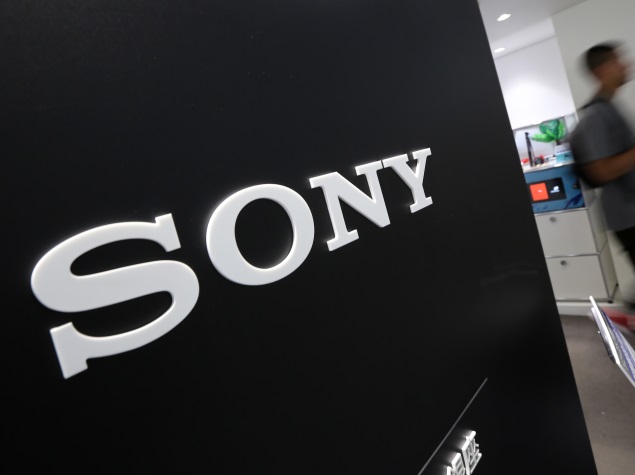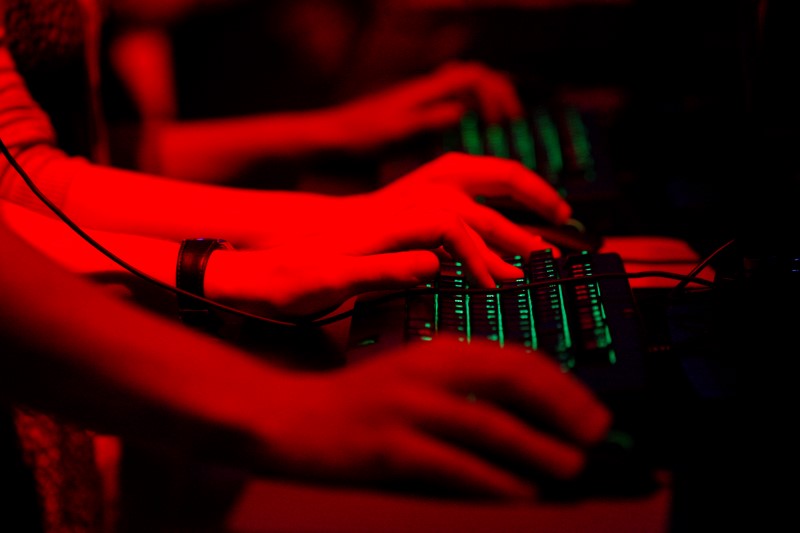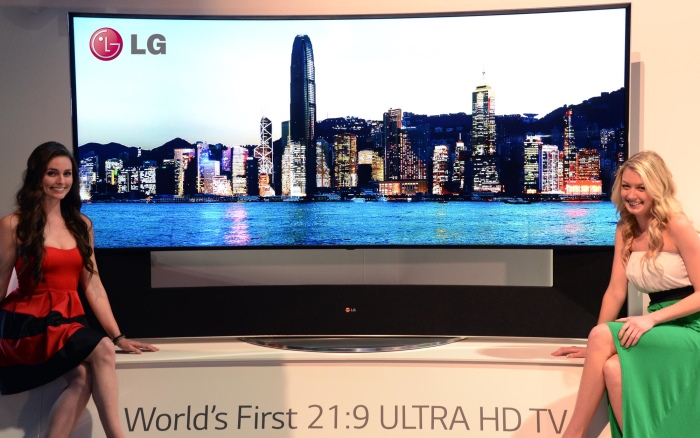Sony Corp is developing a watch made out of electronic paper for release as soon as next year in a trial of the company’s new venture-style approach to creating products, according to people familiar with the matter.
The watch’s face and wrist band will be made from a patented material that allows the entire surface area to function as a display and change its appearance, the people said, asking not to be named because it hasn’t been announced. The device will emphasize style, rather than trying to outdo more technological offerings like Apple Inc’s watch and Sony’s own SmartWatch, they said.
At stake is more than a win against Apple and Samsung Electronics Co. A decade of cost reductions and job cuts has soured Sony’s culture of innovation, once celebrated for the Walkman and the Trinitron television. Chief executive officer Kazuo Hirai formed a business creation division this year under his direct control to fast-track promising products, and the watch is one of the effort’s first results.
“The innovation programme is very important, but it will take time and require some risk-taking,” said Sadao Nagaoka, a professor at Hitotsubashi University in Tokyo who studies innovation and serves as an economic adviser to Japan’s Patent Office. “It’s not that Sony ran out of new ideas, but rather, it’s taking too long to restructure, and gigantic losses have starved new businesses of funds.”
New ideas
Hirai’s new division is aiming to come up with products and services that don’t fit the mold of Sony’s existing businesses.
Besides the e-paper watch, the group is developing technology building blocks designed to help professionals and amateurs rapidly create prototypes of new products. The MESH project — for make, experience and share — is a collection of sensors, light-emitting diodes and buttons encased in colorful blocks smaller than a pack of chewing gum. The devices are linked wirelessly and can be operated via a tablet interface, friendly to people without programming or engineering skills.
The division also includes Sony’s Seed Acceleration Program, which was set up so any employee with a good idea can pitch for venture financing. Would-be entrepreneurs make their proposals either to other employees or to a panel of outside experts, in which case their pitch remains anonymous, said one of the people. The startup process includes an audition, incubation and implementation stages that emphasize speed and profitability.
Teams of up to five people face off every three months and can include outsiders, according to an internal newsletter published in July. Those that pass have at most six months to prepare a business plan and may work on the ideas full-time. The final product could fall under an existing division or become an independent company. The first round, held in June, attracted 187 applications, of which 80 passed to the next stage, according to the document.
Litmus test
Koji Kurata, a spokesman for Tokyo-based Sony, declined to comment when reached by phone yesterday.
The e-paper watch will be a litmus test for Sony’s new division. Though the market for wearable technology is still small, with only 22 million of the gadgets sold worldwide this fiscal year, the industry is set to grow fivefold in the next five years, according to MM Research Institute Ltd. More than half of all wearable devices already target the wrist, with competition Fitbit Inc’s rubber band-like fitness trackers to the $780 luxury Veldt timepieces.
Focusing on appearance may help distinguish Sony’s new product from the crowd of devices serving as a second screen for smartphones. The company’s own SmartWatch acts as a music player remote control, while Samsung’s Galaxy Gear offers hands-free calls. Both push e-mail and Facebook notifications and require a phone.
General ugliness
Consumers surveyed by Nomura Research Institute cited the general ugliness of wearables as the third-biggest obstacle to adoption, after price and weight. Apple, which hired celebrity designer Marc Newson in September, will offer a choice of stainless steel, aluminum and 18-karat gold when its watch goes on sale next year.
“Smartwatches don’t sell now because there is little reason to buy one, since your smartphone can do it all anyway,” said Taichiro Nakayama, a senior consultant at Nomura Research in Tokyo. “Many people choose their watches based on the brand and design. Convincing them to replace what’s on their wrist now is no mean feat.”
Hard things
Hirai has struggled to turn the company around as he faces rising competition in mobile phones and games, and soft demand for televisions and cameras. Sony is set to pile up more than 1 trillion yen ($8.5 billion) of losses since 2010.
Hirai sounded an optimistic note when he addressed investors in May, saying the innovation programme will create new businesses while also nurturing young talent. He said it will become “the driving force for our new Sony.”
A Sony engineer who participated in the programme said it has created a stir among younger employees, though there are still hesitations about trying something that may fail. He chose to pitch his project to a panel of outside experts rather than putting it up for a public vote, in part because he didn’t want his bosses to know he was trying to leave. The engineer, who asked not to be named because he’s not authorized to talk about the programme, said his proposal didn’t get funding.
“Sony’s trouble is not just with targeting the right technologies — they also have problems in terms of management, corporate governance and so on,” said Keun Lee, a professor of economics at Seoul National University who writes about disruptive innovation. “Tapping diverse sources for knowledge and communicating across the company’s silos can be one source of recovery.”








